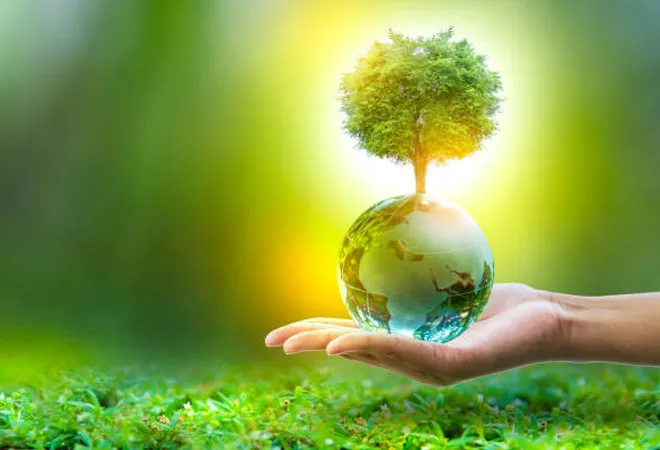Climate change, as the name suggests, refers to a change in the climatic conditions on Earth. While weather variations are frequent, climate change is recognized when these variations persist for several decades to centuries. Numerous factors contribute to these changes, categorized as external and internal mechanisms. Here’s a detailed examination of these factors:
Causes of Climate Change:
External Forcing Mechanisms:
- Volcanic Eruption: Volcanic eruptions that release over 100,000 tons of SO2 into the stratosphere can induce climatic changes. These eruptions temporarily cool Earth’s atmosphere by partially blocking the transmission of solar radiation to the surface.
- Solar Output: Earth’s climate and equilibrium temperature depend on the rate at which it receives energy from the Sun and emits it back into space. Variations in solar output can influence global climate patterns.
- Plate Tectonics: Over millions of years, the motion of tectonic plates reconfigures the planet’s land and oceans, resulting in changes in topography that impact global climatic conditions.
- Orbital Variations: Changes in Earth’s orbit lead to alterations in the seasonal distribution of sunlight received on its surface. These orbital changes, including variations in eccentricity, the tilt angle of Earth’s axis of rotation, and precession, create Milankovitch cycles that significantly impact climate.
- Human Activities: Human activities, such as the combustion of fossil fuels, vehicular pollution, deforestation, animal agriculture, and land use changes, have led to an increase in CO2 emissions, contributing to climate change. These activities are crucial factors in the current climate crisis.
Internal Forcing Mechanisms:
- Life: Life on Earth influences climate through carbon emissions, water cycles, cloud formation, weathering, and evapotranspiration, among other mechanisms. The loss of biodiversity also plays a role in climate change.
- Ocean-Atmosphere Variability: Interactions between the atmosphere and ocean create internal climate changes that can persist from years to decades, impacting global surface temperatures. This variability includes phenomena like El Niño and La Niña.
Effects of Climate Change:
Climate change has adverse effects on the Earth’s environment, including:
- Effect on Forests: Forests play a crucial role in maintaining environmental balance by absorbing carbon dioxide. However, many tree species are unable to adapt to changing climates, leading to mass extinctions and reduced biodiversity.
- Effect on Polar Regions: The polar regions, which are critical for regulating global climate, are particularly vulnerable to climate change. Continued changes could result in the extinction of life in these regions. Melting ice caps are a visible sign of these changes.
- Effect on Water: Climate change has disrupted water systems worldwide, leading to extreme rainfall patterns that cause floods and droughts in various regions. The melting of glaciers due to rising temperatures exacerbates the issue, contributing to rising sea levels.
- Effect on Wildlife: Numerous species, including tigers, African elephants, Asian rhinos, Adélie penguins, and polar bears, have seen their populations decline due to changing weather patterns. Many are on the brink of extinction as they struggle to adapt.
Conclusion:
The environmental impacts of climate change are becoming increasingly evident. Researchers attribute much of this change to human activities over the past few decades. To mitigate climate change and maintain a healthy environment on Earth, it is imperative to control human influences. This requires a collective effort to reduce carbon emissions, adopt sustainable practices, and prioritize environmental conservation. Preserving the planet’s climate is a shared responsibility, and it is essential to work together to secure a sustainable future for our world and its inhabitants. Climate action, as outlined in the Paris Agreement, is a crucial step in addressing this global crisis.

